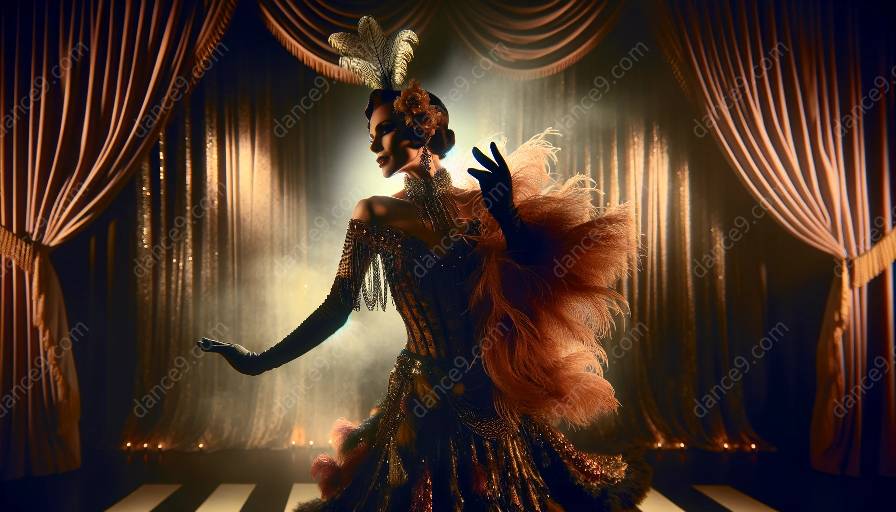Over the years, burlesque has significantly influenced contemporary dance styles, shaping the way dancers express themselves and choreograph their routines. Understanding the impact of burlesque on dance is not only crucial for dancers and choreographers but also for those interested in the history and evolution of dance as an art form.
The Origins of Burlesque and Dance
Burlesque originated as a form of entertainment that blended satire, comedy, and musical theater. It often incorporated elements of dance, and its provocative nature challenged societal norms and beliefs. Meanwhile, dance has always been an integral part of human expression, evolving through various forms and styles over centuries. From classical ballet to modern dance, each style reflects the cultural, social, and political influences of its time.
As burlesque gained popularity in the 19th and early 20th centuries, it began to incorporate a wide array of dance styles, including ballet, jazz, and tap, often with a satirical or provocative twist. This fusion of dance genres within burlesque performances set the stage for its impact on contemporary dance.
Burlesque's Impact on Contemporary Dance Styles
1. Embracing Diversity and Individuality: Burlesque's unapologetic celebration of individuality and diversity has influenced contemporary dance styles by encouraging dancers to express themselves freely. This emphasis on personal expression has led to the diversification of dance techniques and movements, allowing for a more inclusive and dynamic approach to choreography.
2. Fusion of Styles: The integration of various dance styles within burlesque performances has inspired contemporary choreographers to explore new combinations and fusions of movement. This has given rise to hybrid dance forms that incorporate elements of burlesque, such as neo-burlesque and burlesque fusion, into contemporary dance styles, creating a unique and vibrant dance landscape.
3. Empowerment and Confidence: Burlesque's emphasis on empowerment, body positivity, and self-confidence has had a profound impact on contemporary dance, promoting a shift towards more inclusive and empowering choreography. Dancers are encouraged to embrace their bodies and personalities, challenging traditional dance norms and fostering a more inclusive and body-positive dance culture.
Integration of Burlesque in Dance Classes
Burlesque's influence on contemporary dance styles has also found its way into dance classes, offering students the opportunity to explore the expressive and dynamic elements of burlesque within a structured learning environment. Many dance schools and studios now include burlesque-inspired classes, catering to individuals interested in embracing the artistry and confidence-building aspects of burlesque within their dance education.
These classes often focus on incorporating burlesque-inspired movements and elements of storytelling, character development, and theatricality into traditional dance techniques, providing students with a well-rounded and holistic approach to dance education. This integration of burlesque in dance classes not only enhances students' technical skills but also nurtures their creativity and self-expression.
Conclusion
The influence of burlesque on contemporary dance styles is undeniable, shaping the way dancers approach movement, self-expression, and theatricality. As the boundaries between traditional dance forms and burlesque continue to blur, contemporary dance styles have evolved to embrace the diversity, empowerment, and fusion of styles inherent in burlesque. Whether on stage or in the studio, the impact and integration of burlesque in dance continue to enrich and expand the ever-evolving world of dance.













































































